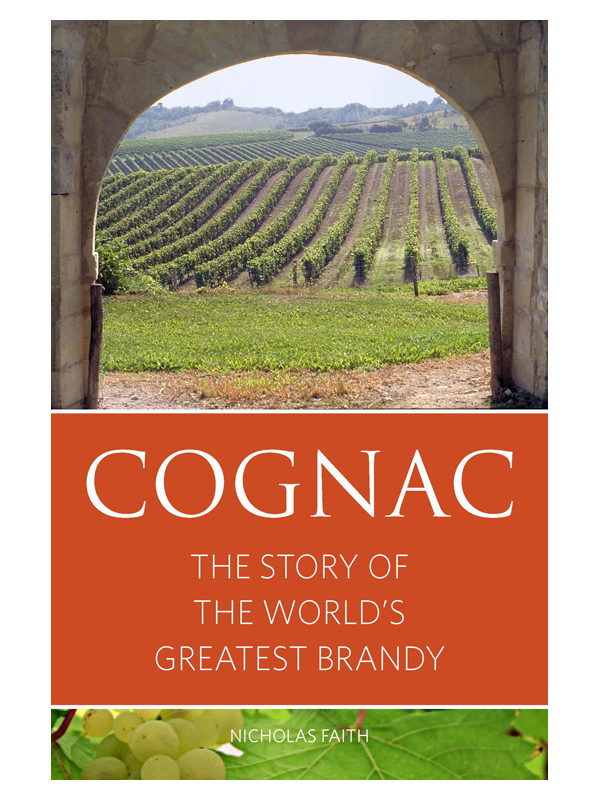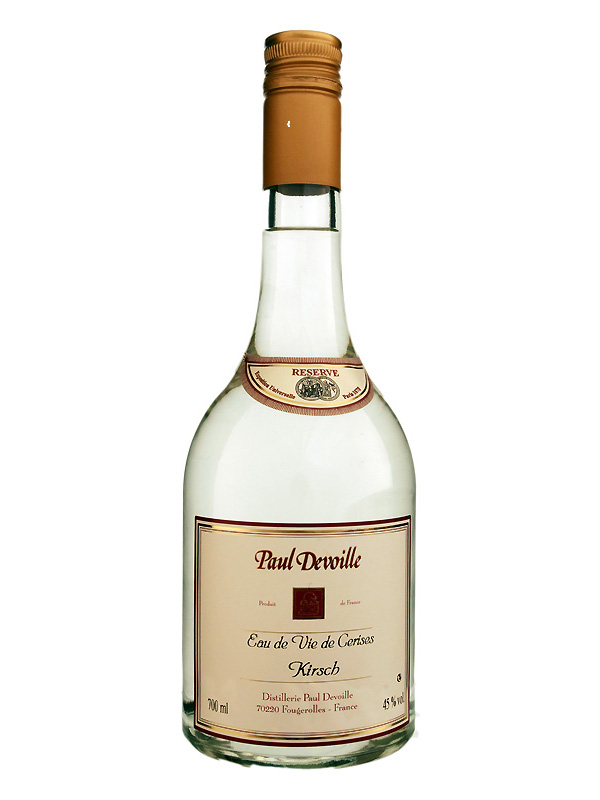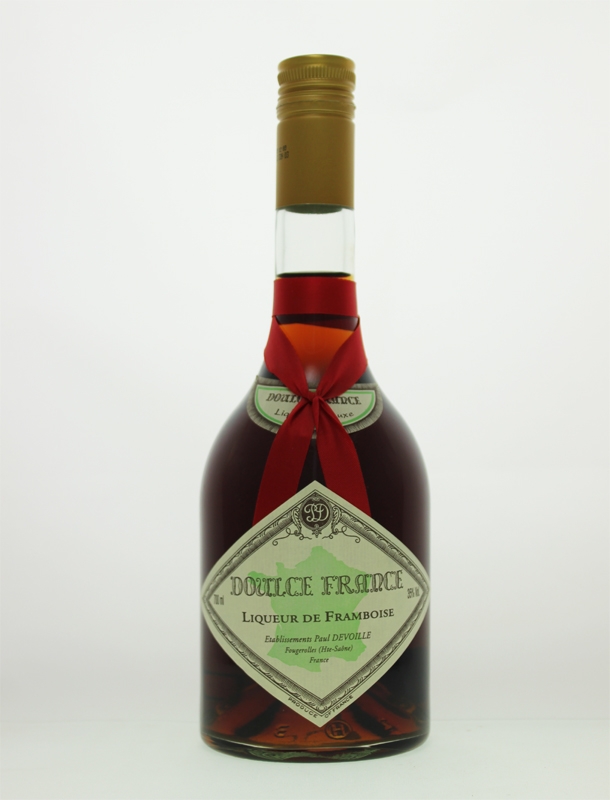Throughout drinking history the age of a bottle’s content has always been contentious, in particular for wines and spirits where age can represent a substantial part of the bottle value. Defining the age of a cognac has, for the vast majority of companies, become all but impossible as they have to buy and blend as many as 3000 different cognacs to meet their sales requirements. To clarify the situation, a set of rules was created by the governing body of cognac, the Bureau National Interprofessionel de Cognac (BNIC). They require cognacs to be aged in oak casks for a specific period of time in order to fall into one of three categories. The youngest is the VS where cognacs must have been aged for more than two years before bottling. The second category is called VSOP where cognacs need to be more than 4 years old and the third category is Napoleon and XO, both of which must be more than 6 years old.
But cognac ages very slowly, especially when stored in the ideal conditions for the spirit, and it is this ageing process that gives it both colour and taste. Perhaps even more significant is that depending on the region or cru where it is aged, some cognacs can take three or four times longer to acquire an acceptable quality. Cognacs from the Champagnes (Grande and Petit Champagne) may take as long as 50 to 80 years to reach the desired level of maturity and quality. They have to be distilled at 70 degrees in the final distillation so the subsequent reduction in strength can be very slow and the flavour take time to develop. Additives are widely used by the big houses to improve the colour and to reduce the fiery nature of young spirits.
At Brandyclassics our policy is to only buy cognacs where we know the age and where, particularly with young cognacs, the flavour is not impaired by their youthful aging. We refer to ages, for example a 10 year old where the cognac has been aged in an oak cask for 10 years, and vintages, for example 1975 where the cognac was made in that year and can be any number of years old up to the bottling date. Once the cognac has been bottled, or in the case of some very old ones stored in bonbonnes for later bottling, the quality and taste of each cognac will not change, unless the cork is left out for a considerable period.
Of course, the value of the bottle of cognac with an age statement depends on a number of factors. Firstly, where the cognac comes from, if it is from the top cru, Grande Champagne then it will usually be of greater value than one from a lower cru, say Fins Bois or Bon Bois. Secondly, if the cognac is very old, it will have aged in cellars for a long time and that is expensive. Lastly, many vintage cognacs are in very short supply, particularly those that were made in the early 19th century. For example where the cognac is very rare and has a story attached to it such as the Massougnes 1801 and 1805, the value can easily be between £10,000 and £150,000. However, it is worth noting that with some younger cognacs the age of the cognac may be well short of the period between the date and the vintage on the bottle. So when buying old cognacs always try and establish the actual barrel age. Hermitage Cognacs will always have a bottling date on the back label so that you can be sure how old the cognac is.



